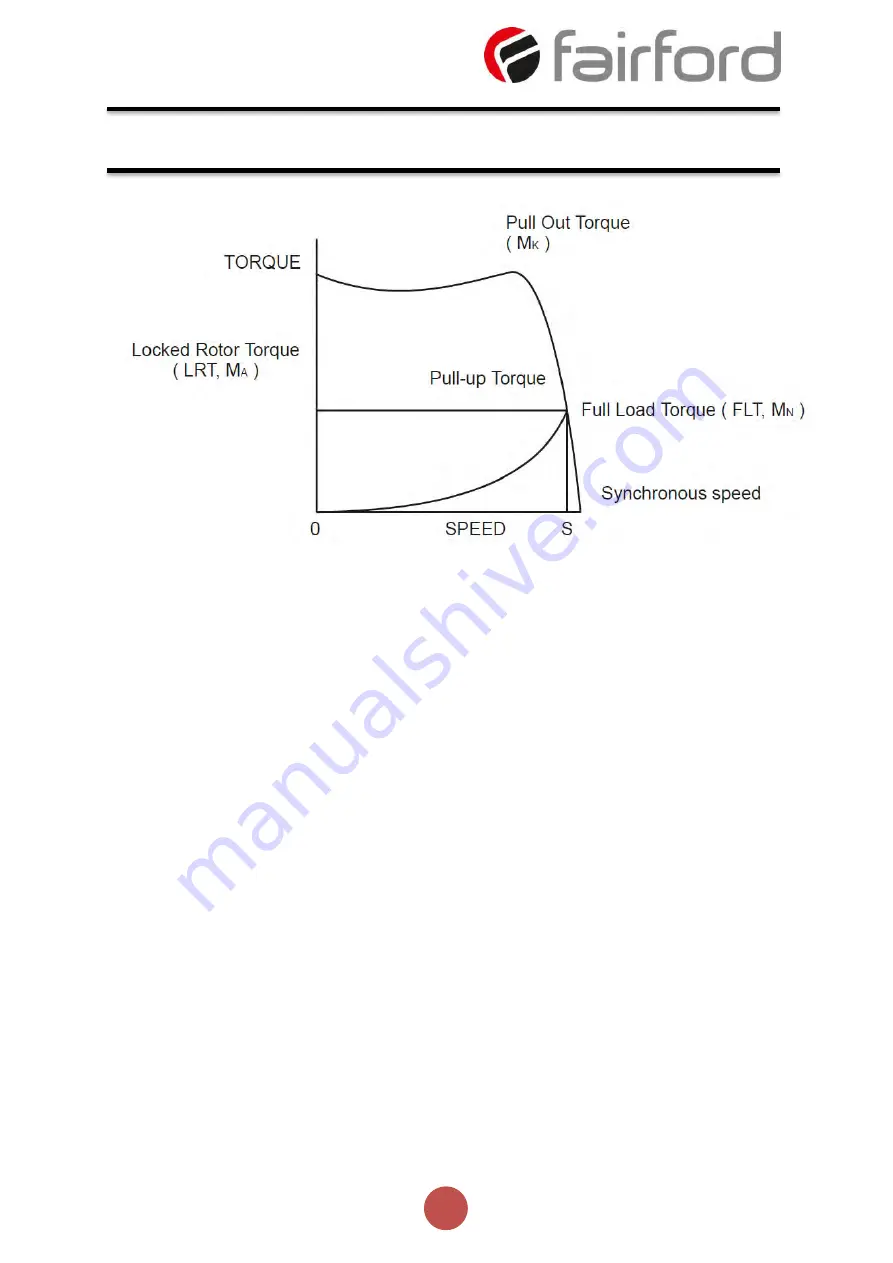
105
agility
TM
Series Soft Start User Manual
MAN-AGY-001. Version 04. 21/09/2018
Torque/Speed Curve
–
High Starting Torque
Starting Induction Motors
Starting a de-magnetised induction motor from standstill is a demanding and complex process. At
the instant of switching all the energy necessary to magnetise the motor, to provide the
acceleration force, and to supply the kinetic energy of the rotor and load, must be present
together with the energy to overcome the mechanical and electrical losses. To do so at full supply
voltage places considerable stresses on the supply, the motor windings, and the iron cores of the
stator and rotor. Excessive acceleration of a rotor when the mechanical load is small can produce
torque oscillations in the shaft causing severe wear to transmissions, gears and drives. Excessive
acceleration when the load inertia is high such as in centrifugal fans, causes belts to slip in the
pulleys, producing rapid wear and early failure.
Electro-Mechanical Methods Of Starting
Method A: Direct-on-Line
The most simple means of controlling energy flow to an induction motor is to interrupt the power
supply by a single, solenoid operated, 3-phase switch, known as a contactor. Very widely applied,
the method is known variously as “direct
-on-
line”, “across
-the-
line”, “direct” etc., and is the usual
form of control where low cost is the first, and most important consideration. As a result, it is
most often used on small motor sizes (up to approx. - 22kW), or where the supply is strong
enough to withstand the inrush and starting current surges without causing unacceptable voltage
drops.
The harsh, damaging effects described earlier are all imposed by direct-on-line starting and, as a
control method, it is the most destructive of equipment. Its simplicity and apparent low cost,
although attractive at first sight, hide large cost penalties in the shape of increased maintenance,
Applications (continued)
















































